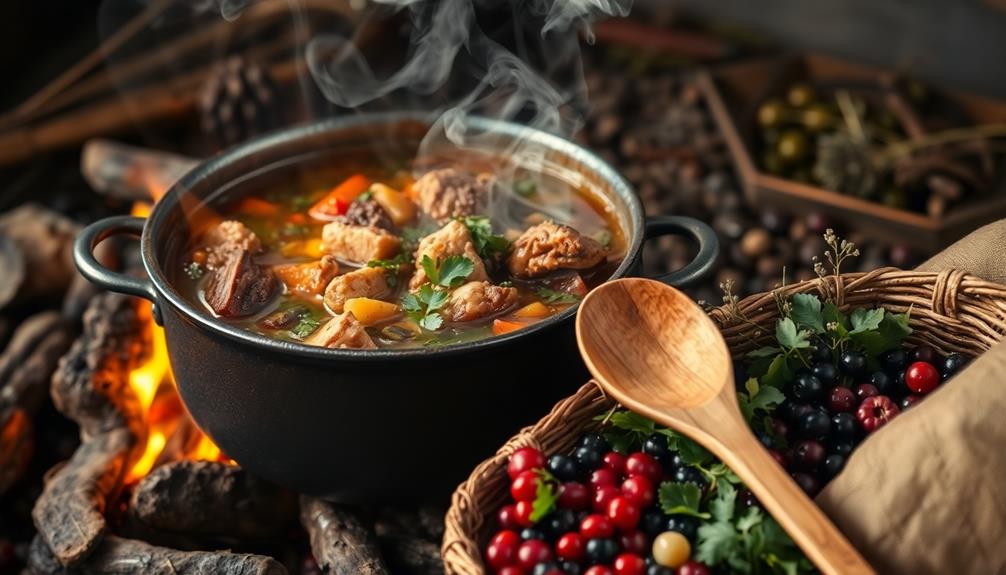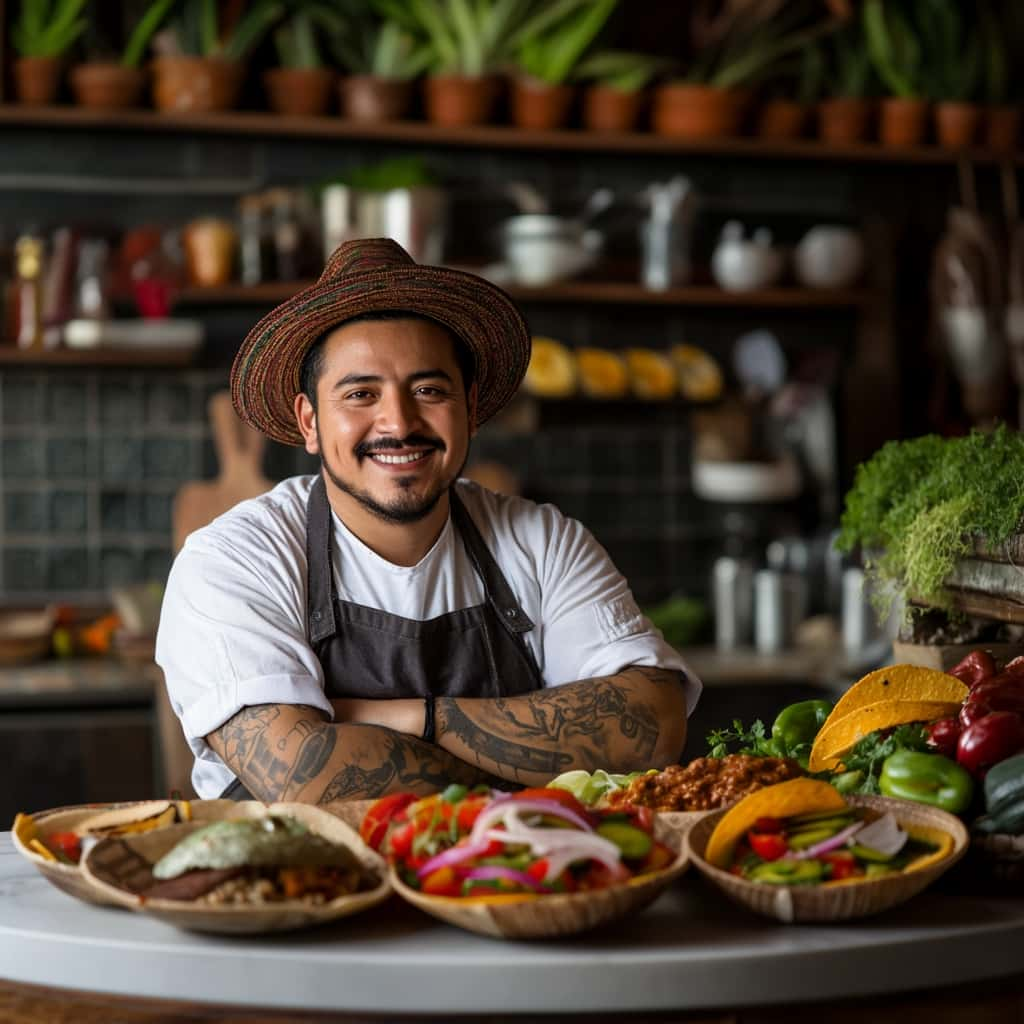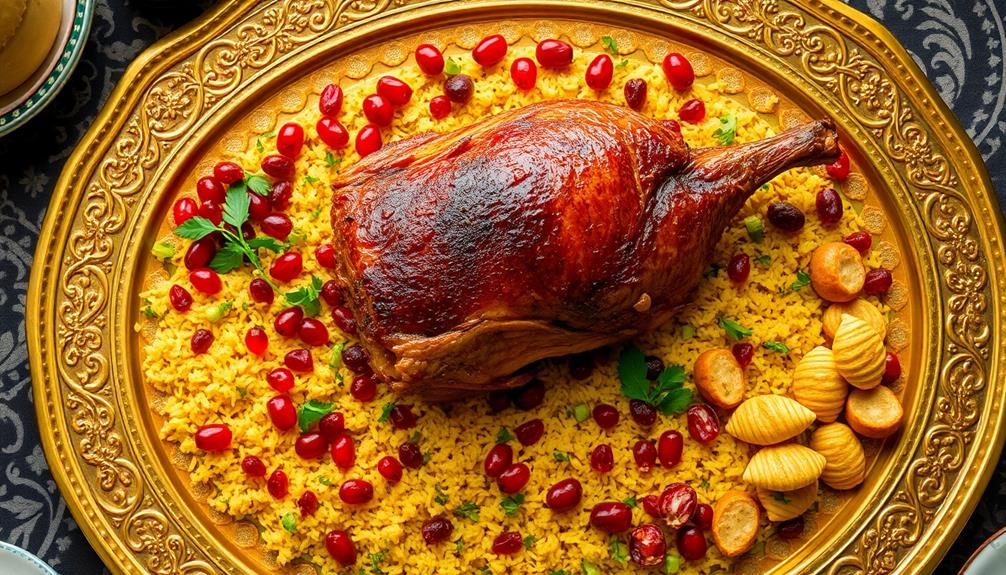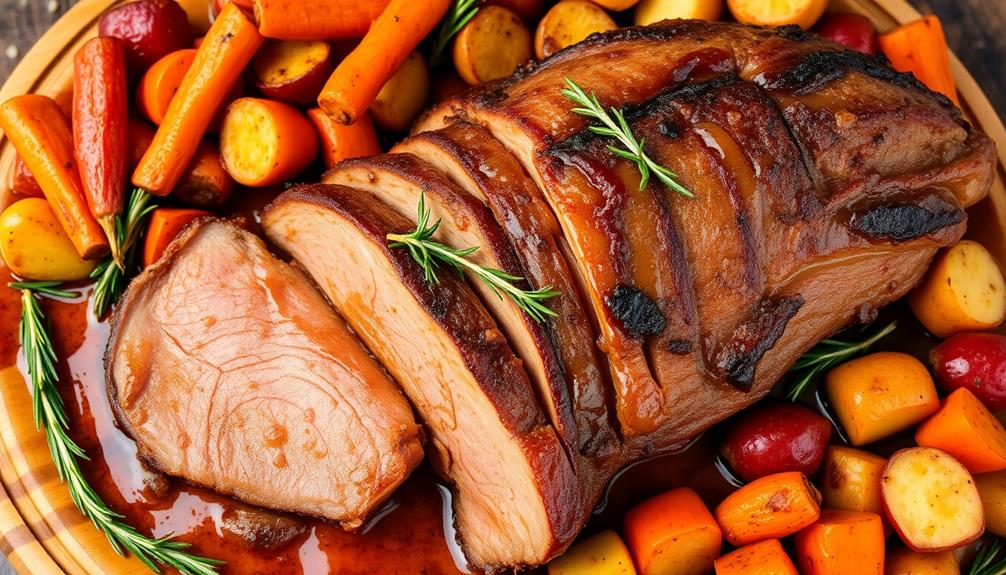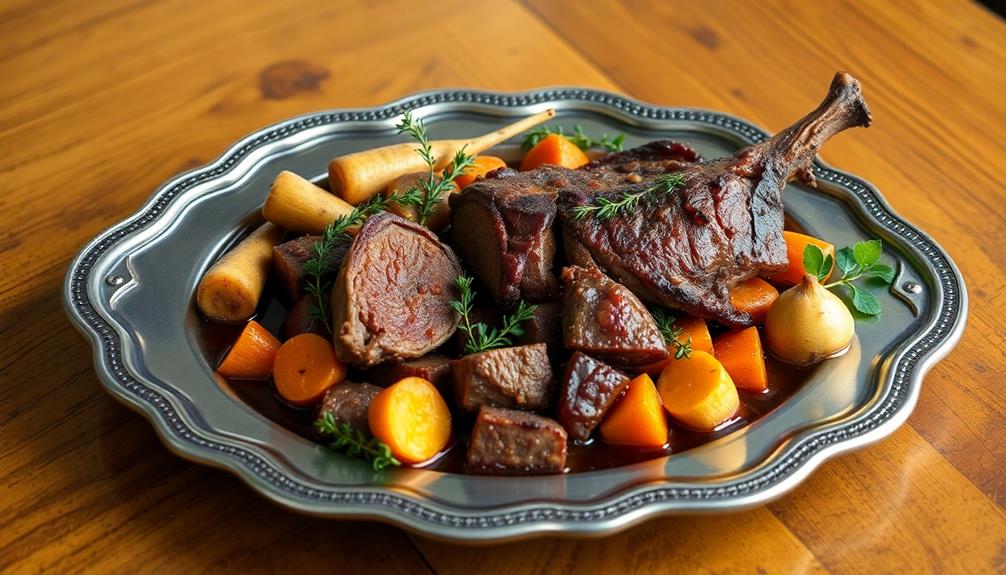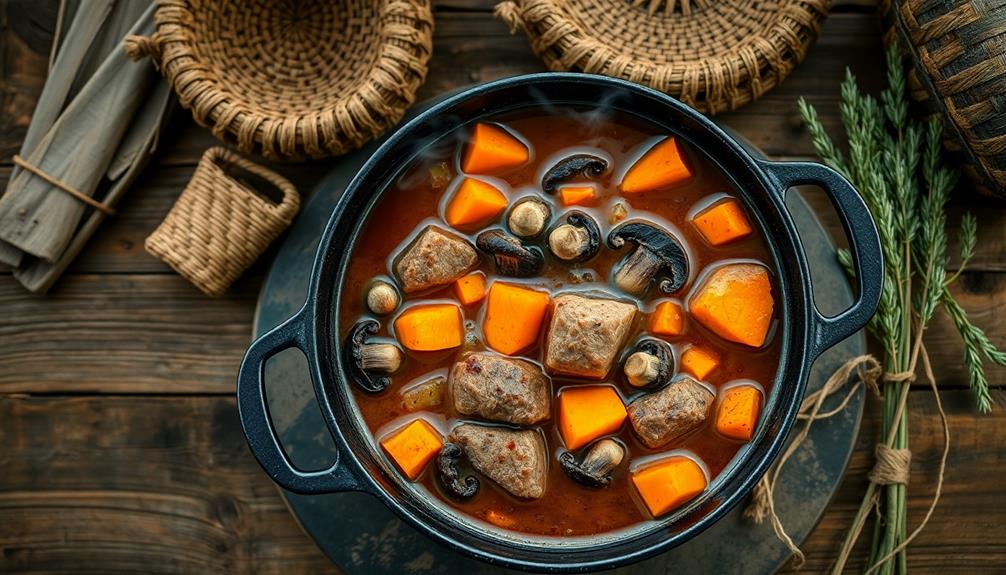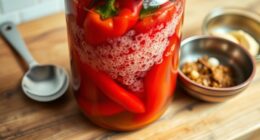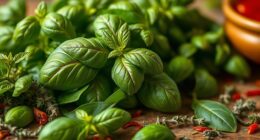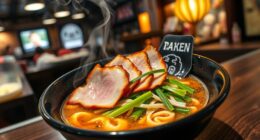Before Europeans arrived, Native American cuisine enjoyed a rich, centuries-old heritage that continues to inspire chefs and home cooks today. You'll be amazed by the ancient methods and diverse ingredients that were the foundation of their delectable dishes. For example, the Iroquois cleverly grew corn, beans, and squash together in a sustainable "three sisters" system. Meanwhile, the Pueblo people mastered drying and preserving foods. With vibrant, earthy flavors and a deep respect for nature, Native American cuisine offers a delicious window into the enduring cultural traditions that shaped it. There's so much more to discover!
Key Takeaways
- Native American cuisine has a rich history spanning thousands of years, with a focus on sustainable agricultural practices like the "three sisters" method.
- Traditional cooking techniques include roasting, smoking, and stewing, with an emphasis on preserving ingredients for year-round consumption.
- Dishes feature earthy and vibrant flavors, often from local plants, herbs, and spices, reflecting the diversity of regional ecosystems.
- Foraging for fresh ingredients and proper preparation of cooking surfaces are essential principles in pre-Columbian Native American culinary traditions.
- Communal dining and the use of handmade pottery or baskets in serving meals are integral parts of traditional Native American culinary culture.
History
Native American cuisine has a rich and diverse history that spans centuries. You'll be amazed to learn that many of the foods we enjoy today, like corn, potatoes, and tomatoes, actually originated from the ingenious culinary traditions of indigenous peoples.
These innovative cooks used their deep understanding of the land to create delicious and nourishing meals. For example, the Iroquois people of the Northeast developed the "three sisters" method of growing corn, beans, and squash together. This symbiotic relationship helped the plants thrive and provided a well-balanced diet.
Likewise, the Pueblo people of the Southwest perfected the art of drying and preserving foods, ensuring they could enjoy the bounty of the land year-round.
From the Pacific Northwest to the Great Plains, Native American chefs have always been masters of their craft, using every part of the animal and plant to create flavorful dishes.
Their legacy lives on in the vibrant and diverse cuisines we enjoy today.
Recipe
Native American cuisine is a diverse and rich culinary tradition that spans the vast and diverse landscapes of North America. From the coastal regions to the inland prairies, Native American chefs have long harnessed the bounty of their local environments to create flavorful and nourishing dishes.
One such dish that exemplifies the essence of Native American cooking is the traditional Three Sisters Stew. This hearty and comforting stew celebrates the synergistic relationship between three of the most important crops in many Native American agricultural systems: corn, beans, and squash.
Ingredients:
- 1 cup dried kidney beans, soaked overnight and drained
- 2 tablespoons olive oil
- 1 onion, diced
- 3 cloves garlic, minced
- 1 pound butternut squash, peeled and cubed
- 2 cups fresh or frozen corn kernels
- 1 teaspoon ground cumin
- 1 teaspoon dried oregano
- 1 teaspoon smoked paprika
- Salt and pepper to taste
- 4 cups vegetable or chicken stock
- Chopped fresh cilantro for garnish
Instructions:
In a large pot, heat the olive oil over medium heat. Add the onion and garlic, and sauté until softened, about 5 minutes.
Add the cubed butternut squash, corn, cumin, oregano, and smoked paprika. Season with salt and pepper, and sauté for an additional 5 minutes.
Pour in the stock and the drained kidney beans, and bring the mixture to a boil. Reduce the heat to low, cover, and simmer for 30-40 minutes, or until the beans and squash are tender.
Adjust seasoning to taste, and serve hot, garnished with fresh cilantro.
When cooking this traditional Three Sisters Stew, it's important to remember that the key to its depth of flavor lies in the balance of the three main ingredients.
The sweetness of the squash, the creaminess of the beans, and the earthiness of the corn work together to create a harmonious and satisfying dish. Additionally, the use of smoke-flavored paprika and herbs like oregano helps to transport the diner to the rich culinary landscapes of Native American cuisine.
Cooking Steps
First, you'll want to gather and clean all your ingredients.
Next, make sure to prepare your cooking surface appropriately.
Then, add some tasty seasoning before cooking your ingredients over the heat.
Step 1. Gather and Clean Ingredients
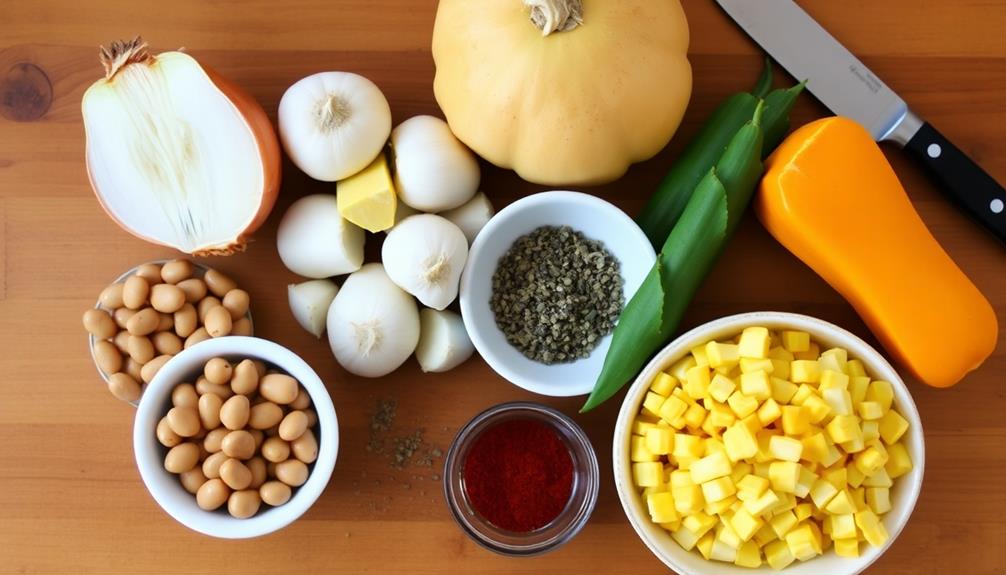
Gathering and cleaning the ingredients is an essential first step in preparing traditional Native American cuisine. First, you'll need to head out into the wild and forage for the freshest fruits, vegetables, grains, and herbs. Be sure to only pick what you need, leaving plenty for the land and other creatures.
Once you've gathered your bounty, it's time to clean everything thoroughly. Rinse the fruits and veggies under cool, running water to remove any dirt or debris. For grains and dried goods, gently sift through them with your fingers to check for any pebbles or twigs. Herbs should be carefully plucked from their stems and washed as well.
Take your time with this step – the cleaner your ingredients, the more flavorful and nourishing your final dish will be. With your kitchen fully stocked and everything sparkling clean, you're now ready to start cooking up a delicious Native American feast!
Step 2. Prepare Cooking Surface Appropriately
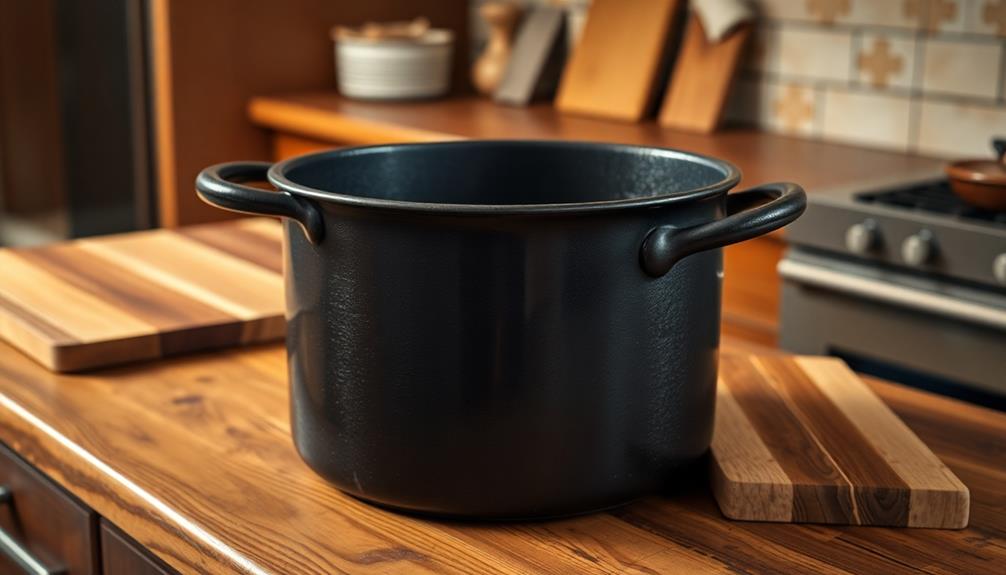
With your ingredients ready to go, it's time to properly prepare your cooking surface. First, you'll want to make sure your cooking area is clean and free of any debris. Give the counter or table a quick wipe down to ensure a tidy workspace.
Next, you'll need to decide on the best cooking method for your recipe. Will you be using a fire pit, a griddle, or perhaps a clay pot? Regardless of your choice, make sure to thoroughly clean and prepare the surface beforehand.
For a fire pit, you'll want to build a roaring fire and let the embers die down to a nice, even bed of coals. A griddle or clay pot should be wiped down and seasoned to prevent sticking.
Once your cooking surface is ready, it's time to start assembling your dish! Be careful and attentive as you work, keeping safety in mind at all times.
With your preparation complete, you're now ready to bring the flavors of Native American cuisine to life.
Step 3. Add Seasoning
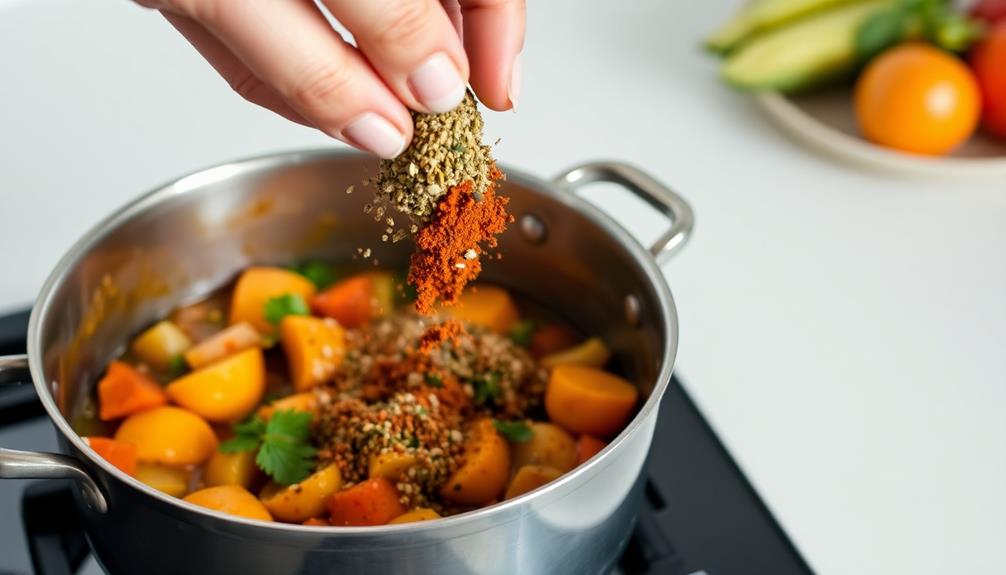
Seasoning is the key to unlocking the vibrant flavors of Native American cuisine. Before you start cooking, don't forget to add a pinch of this and a dash of that! Aromatic herbs and savory spices will transform your dish into a flavor explosion.
Try using smoky paprika, earthy cumin, or fragrant sage to season your ingredients. These spices were commonly used in pre-Columbian times and will give your food an authentic Native American twist.
Don't be afraid to experiment – a sprinkle of chili powder or a bit of maple syrup can add a delightful sweetness.
As you cook, be sure to taste and adjust the seasoning as needed. A well-seasoned meal will have your taste buds dancing with joy.
Get ready to wow your friends and family with the bold, complex flavors of Native American cuisine. Happy cooking!
Step 4. Cook Ingredients Over Heat
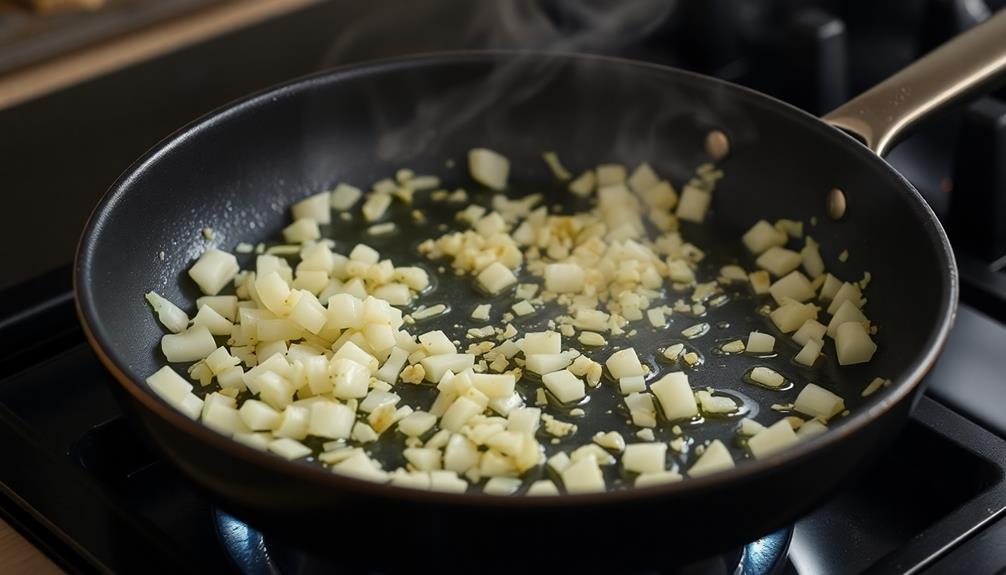
After seasoning your ingredients with the aromatic spices, it's time to cook them over heat. This is where the magic really happens! Get ready to fill your kitchen with mouthwatering aromas that will have everyone's stomachs rumbling.
First, you'll want to grab a sturdy pot or pan and place it over medium-high heat. Once it's nice and hot, carefully add your seasoned ingredients. Listen as they sizzle and pop – that's the sound of deliciousness in the making!
Stir everything together, making sure each piece is evenly coated in the heat. As the ingredients cook, you'll notice the colors starting to deepen and the flavors intensifying.
Keep an eye on it, stirring occasionally, until everything is tender and cooked through. The best part is when you take that first bite and savor all the incredible flavors that have blended together. Get ready to have your taste buds dance with joy!
Step 5. Serve Dish in Traditional Manner
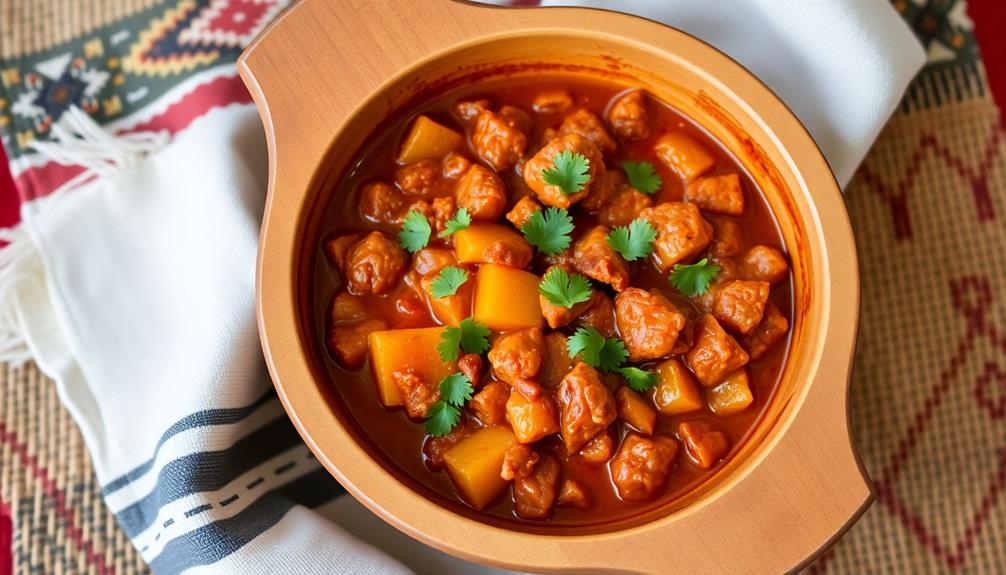
Once the ingredients have finished cooking, it's time to serve the dish in a traditional manner.
First, gather your beautiful handmade pottery or woven baskets. These special containers are the perfect way to present your delicious Native American meal. Carefully spoon the hot, fragrant food into the vessels, making sure to arrange it just right.
Next, add any finishing touches, like fresh herbs or colorful edible flowers. These decorative elements not only make the dish look amazing, but they also add wonderful flavors and aromas.
Now it's time to gather your family or guests around the table. You can place the serving dishes in the center so everyone can help themselves. Encourage your loved ones to eat with their hands, just as the Indigenous people have done for generations.
As you enjoy this traditional feast, take a moment to appreciate the rich cultural heritage and flavors in each bite. Bon appétit!
Final Thoughts
Native American cuisine has a rich history and unique flavors that deserve more recognition and celebration. From the vibrant and earthy dishes to the thoughtful traditions surrounding each meal, there's so much to explore and appreciate.
When you dive into the world of pre-Columbian cooking, you'll be amazed by the ingenuity and sustainability of these ancient practices.
Cooking over an open fire, using every part of the animal, and honoring the land through each ingredient – these are just a few of the principles that make Native American cuisine so special.
The next time you have the chance to try traditional dishes, savor each bite and imagine the generations of wisdom and care that went into creating them. Who knows, you might even discover a new favorite!
Frequently Asked Questions
What Are the Typical Ingredients Used in Native American Cooking?
In Native American cooking, you'll find a range of local, seasonal ingredients such as maize, beans, squash, wild game, fish, and various herbs and spices that were essential to the diverse culinary traditions of Indigenous peoples.
How Do Native American Cooking Methods Differ From Modern Techniques?
Native American cooking methods often differ from modern techniques in their reliance on open-fire cooking, use of seasonal and locally-sourced ingredients, and incorporation of traditional preservation techniques like drying and smoking.
What Are the Nutritional Benefits of Traditional Native American Dishes?
Native American dishes offer exceptional nutritional benefits. They're packed with whole, unprocessed ingredients like lean proteins, complex carbs, and essential vitamins and minerals. Incorporating these traditional recipes can boost your overall health and wellbeing.
How Can I Incorporate Native American Flavors Into My Everyday Cooking?
You can easily incorporate Native American flavors into your everyday cooking by using ingredients like corn, squash, beans, wild greens, and herbs like sage, thyme, and sweetgrass. Experiment with new recipes and techniques to add a unique twist to your meals.
Are There Any Cultural Traditions or Rituals Associated With Native American Cuisine?
Native American cuisine is deeply rooted in cultural traditions and rituals. Many tribes incorporate spiritual elements like prayers, songs, and ceremonies into food preparation and consumption. Connecting with these practices can enhance your understanding and appreciation of the cuisine.
